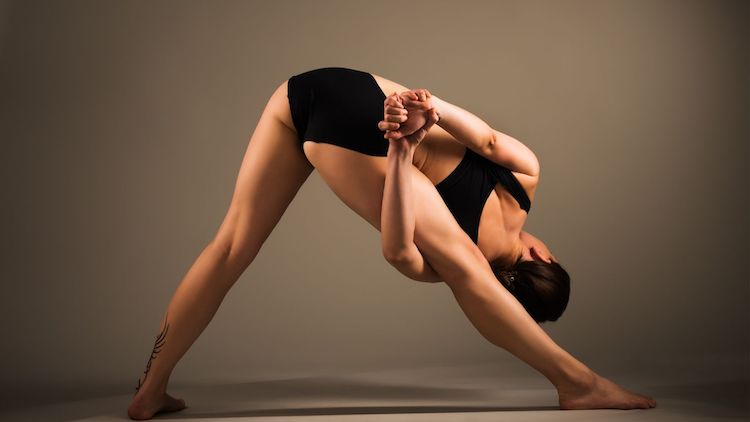
FLEXIBILITY AND JOINT HEALTH FOR BEGINNERS
LEMAlab is known for covering the specifics of flexibility and dissecting the nitty-gritty of each topic, but today we dive into flexibility for beginners and give you a few key points to focus on if you find yourself somehow a novice at flexibility.
Joint problems are debilitating, and unfortunately, they become more prevalent as we age. We all know someone who has had to undergo surgery due to severe joint pain or other complications. Even though this condition is unavoidable for some people in their later years of life, there are ways to help our bodies adapt to the wear and tear that comes with age.
COMMON PROBLEMS: HIP FRACTURES AND OSTEOPOROSIS

The hip is a ball-and-socket joint that provides support for the lower body. Over time, joint cartilage can wear down and cause the bones of the joints to rub against each other, causing pain and inflammation (known as osteoarthritis). Hip pain is a common complaint in people over 40, and it can come from various sources, including poor hip mobility, muscle imbalance around the joints or osteoarthritis. Treatment of these symptoms includes both conservative therapies (such as physical therapy) and surgery.
Maintaining good joint flexibility is key to avoiding hip problems later in life. This allows for a better range of motion and more efficient movement of your limbs during everyday activities, especially those that require you to bend or rotate at the waist, such as sitting down or rising up from a seated position. Being able to move freely with ease helps reduce stress on bones, which reduces your risk for osteoporosis and other bone-related diseases. If you've ever tried to stand up from a seated position only to be met with resistance due to tight hips or hamstrings, you know it's not fun.
When we think about joint flexibility, we often think of the legs and spine, but since the hip is such an important joint in our lower body, maintaining proper range of motion (and thus mobility) here should be one of our main goals.
There are several ways that you can improve flexibility in your hips and increase your range of motion to help reduce stress on the joint:
STRETCH REGULARLY
Doing regular stretching exercises for your hips is one of the first things you should do if you're experiencing pain or hip problems. These are some of my favourite basic stretches everyone can do for improving hip mobility.


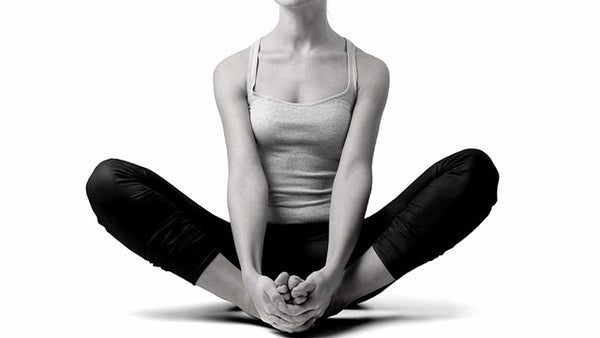


STRETCH PASSIVELY
A passive stretch is exactly as it sounds, you simply relax and let gravity do the work for you. Passive stretches are exactly as they sound; you simply relax and let gravity do the work for you. Now this doesn't mean that you're not actually 'stretching' during a passive stretch, but the movement is a bit different than what we might call active stretching (think of it like an inverted tug-of-war).
How does this help you? Well, it's quite possibly one of the simplest ways to increase your flexibility. In fact, a study published in Clinical Biomechanics found that using neutral objects like walls or even another person can be just as effective at improving range of motion (ROM) than more traditional active stretching methods however, this stretching is less result-oriented and ultimately less safe than active stretching so I would focus on the latter.
To understand better the different types of stretching, read THE ART OF FLEXIBILITY
STRETCH ACTIVELY
Flexibility and mobility are two different things. Just because you can reach a certain range of motion (such as touch your toes) doesn't mean that it's actually useful to your body's movements. The way you approach your flexibility work should be tailored to the specific joints and muscles that are tight or restricted. For example, if you are tight on one side of your body vs the other, stretch only that side by shifting more weight onto that leg while using the opposite arm or leg to move yourself into position instead of letting gravity pull you down. Doing exercises in this manner is called active stretching since it requires participation from your brain and nervous system in order for muscles to effectively release tension.

Active stretches can be a bit difficult if you're not used to moving that way as they require more muscle activity.
BREATHE WHILST STRETCHING
By adding an extra depth of breath into your exhalation you will also be allowing more oxygen to fill your lungs which can also help with moving deeper into stretches. To illustrate this concept;
In a given stretch, inhale for 3 seconds followed by a 2 count hold. Breathe out for 4 seconds whilst stretching further into the stretch. Let your muscles relax on the way back up to where you started from and repeat this movement several times slowly.
Keep breathing throughout the pose! This will help you sink more deeply into the stretch, making it easier to move gracefully through poses and avoid injury.
Remember: Breathing provides fuel to power your movements; inhaling (preparing) before a strong movement and exhaling away (releasing) during a strong movement, as well as being able to breathe freely in-between movements.
This is not easy to master if you have never been taught or if you are not familiar with breathing exercises in movement like yoga.
Breathing provides fuel to power your movements, inhaling (preparing) before a strong movement and exhaling away (releasing) during a strong movement as well as being able to breathe freely in-between movements.
LAST THOUGHT
Start slow and work up to 10 minutes per day. Most people know that they should be doing daily stretches, but in reality, it's often hard to find time during our busy lives to fit this practice into our schedules.
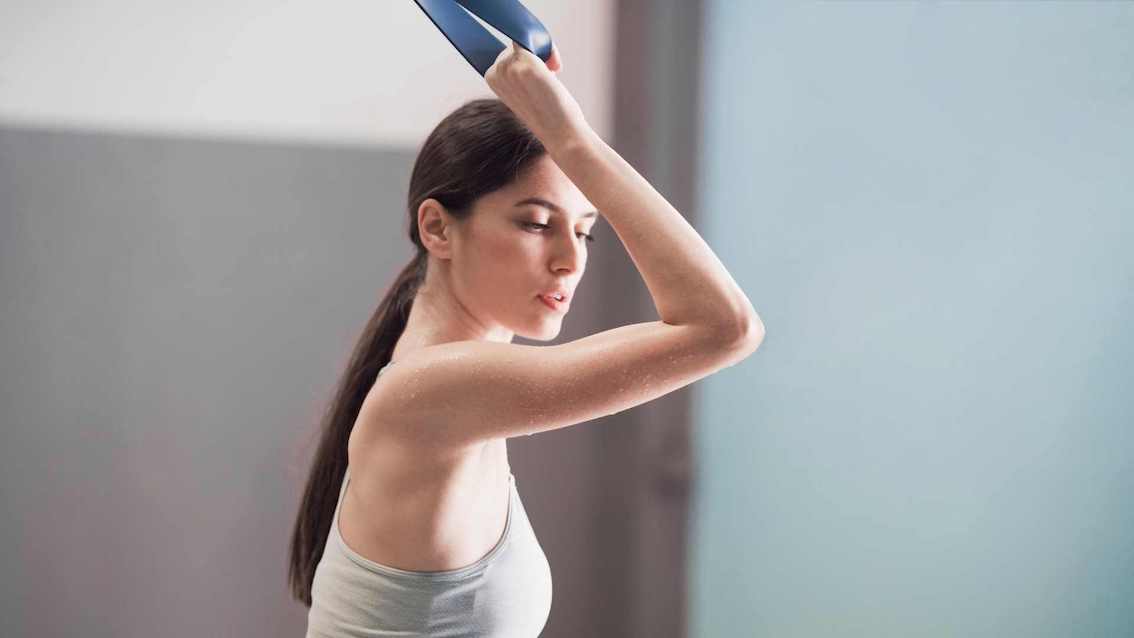
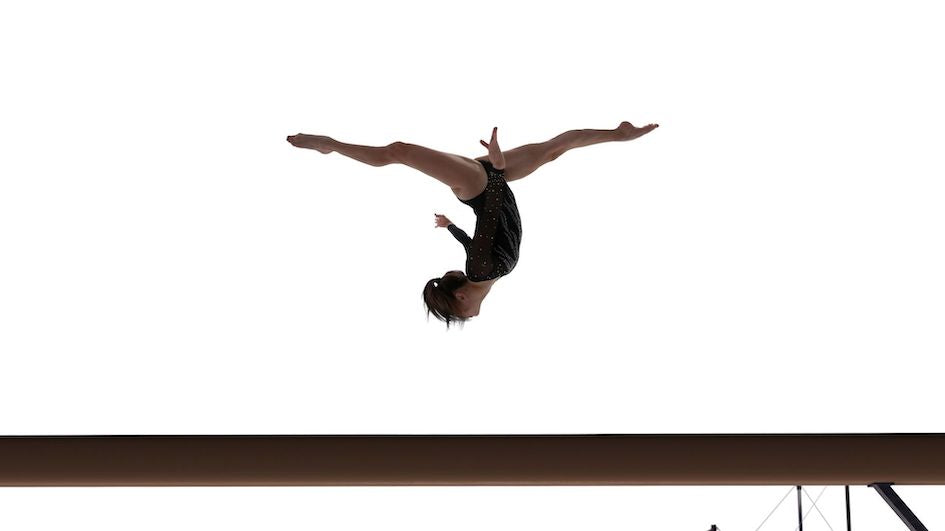
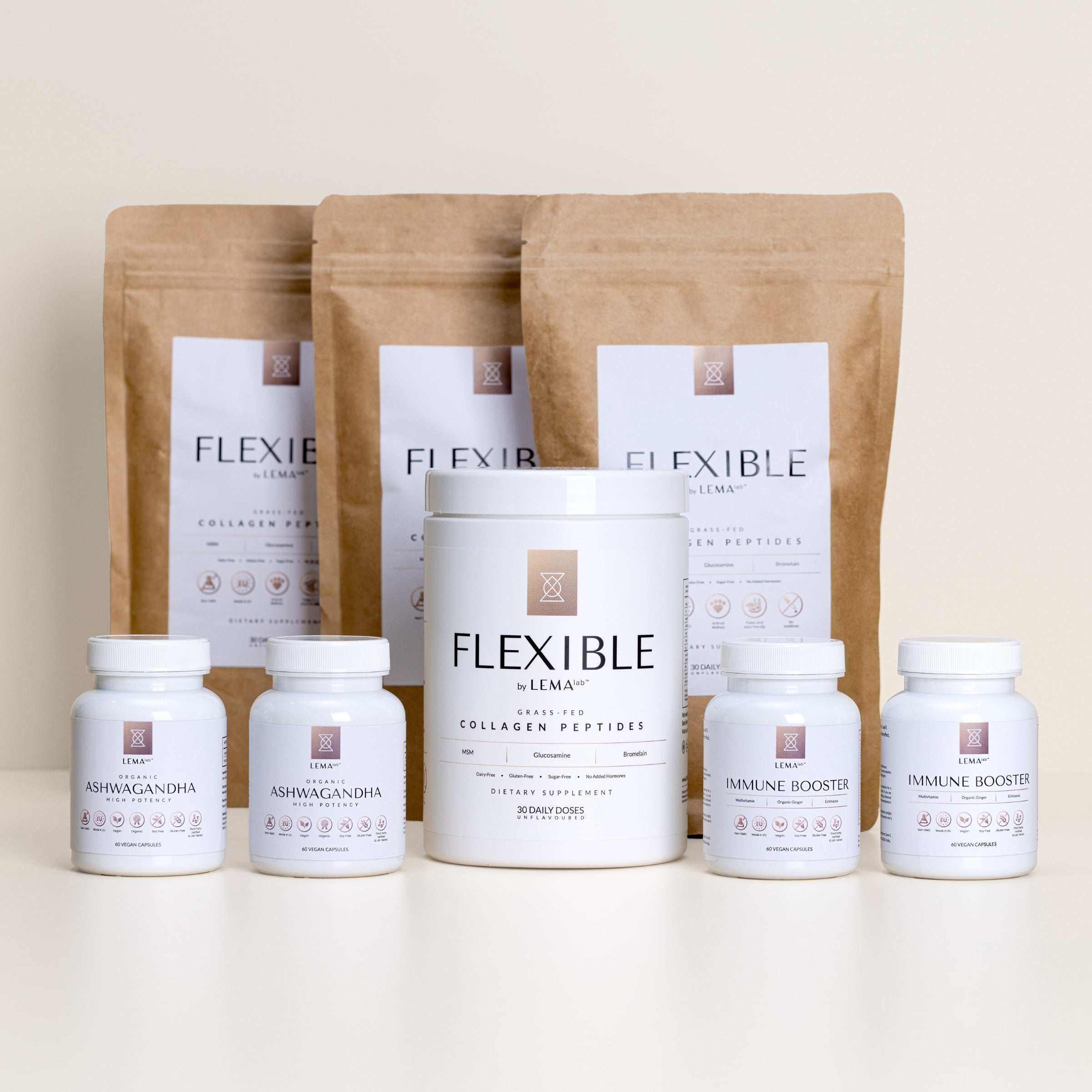
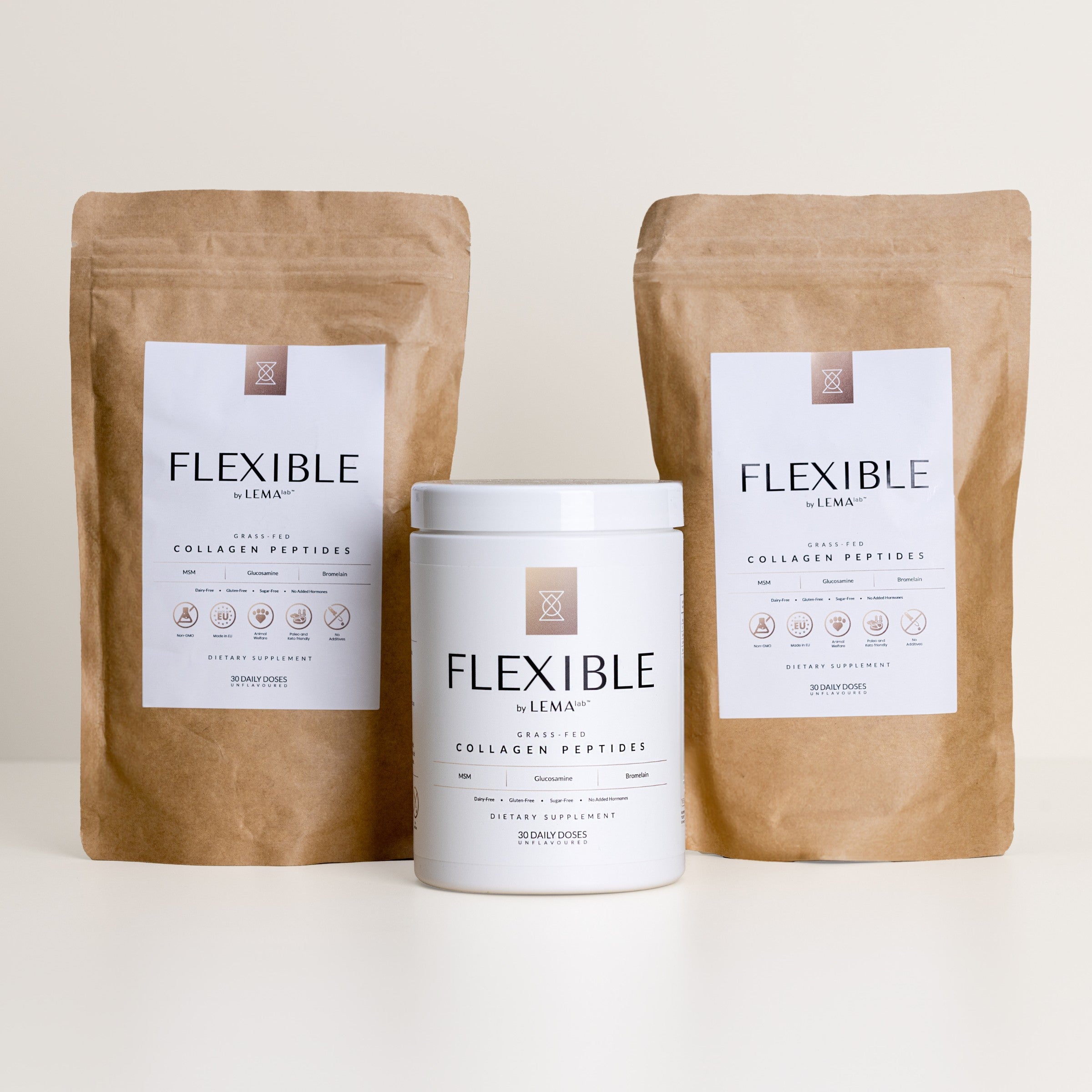

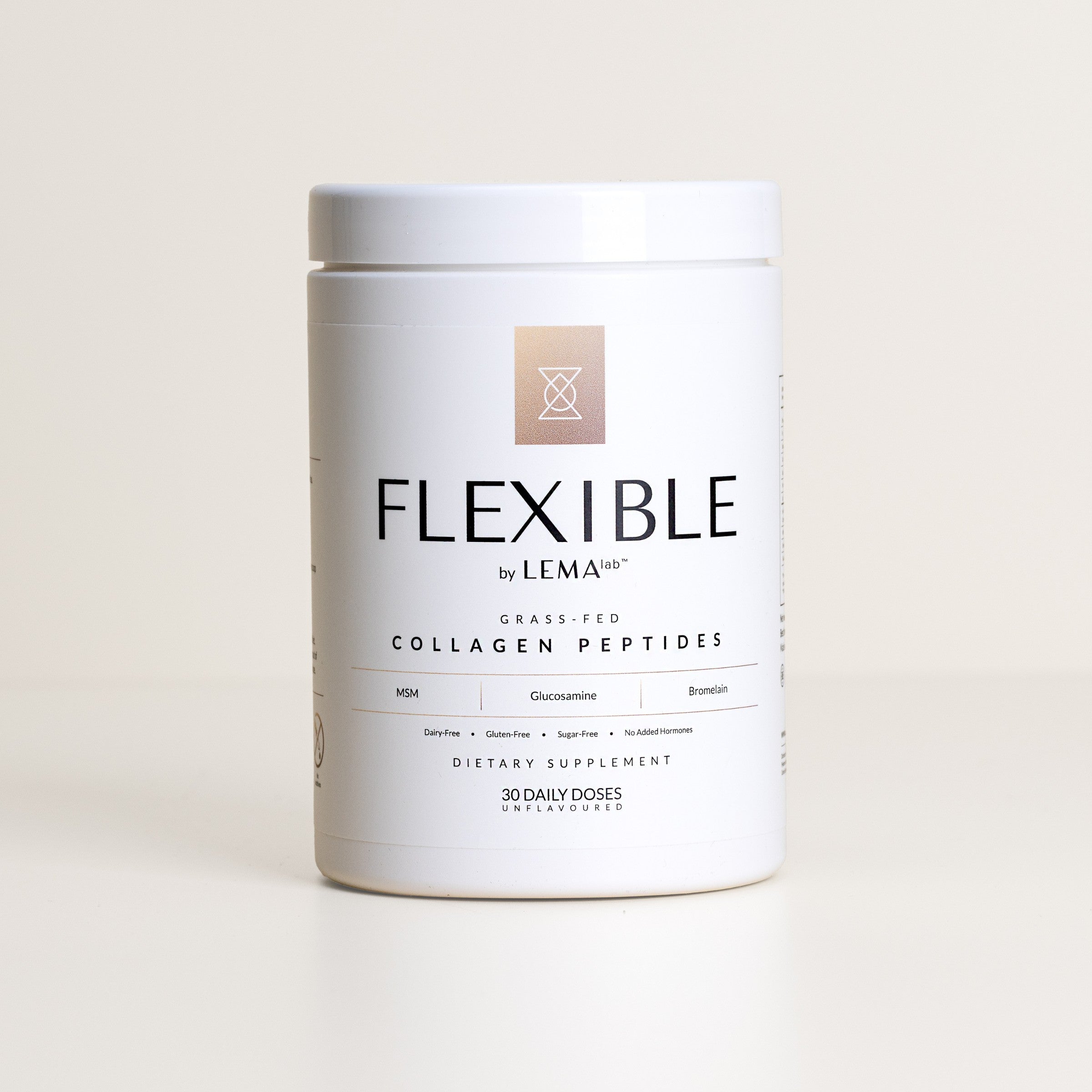

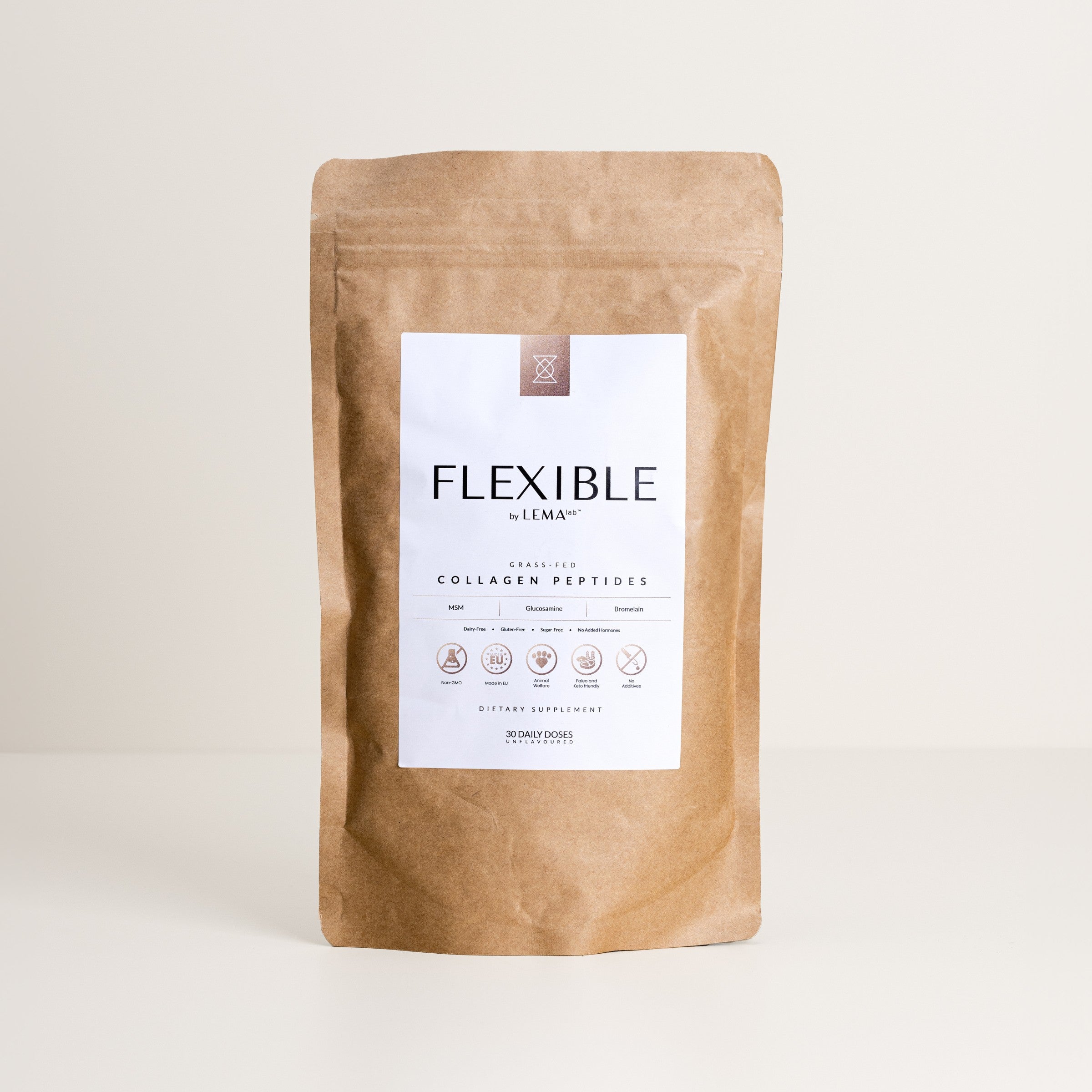

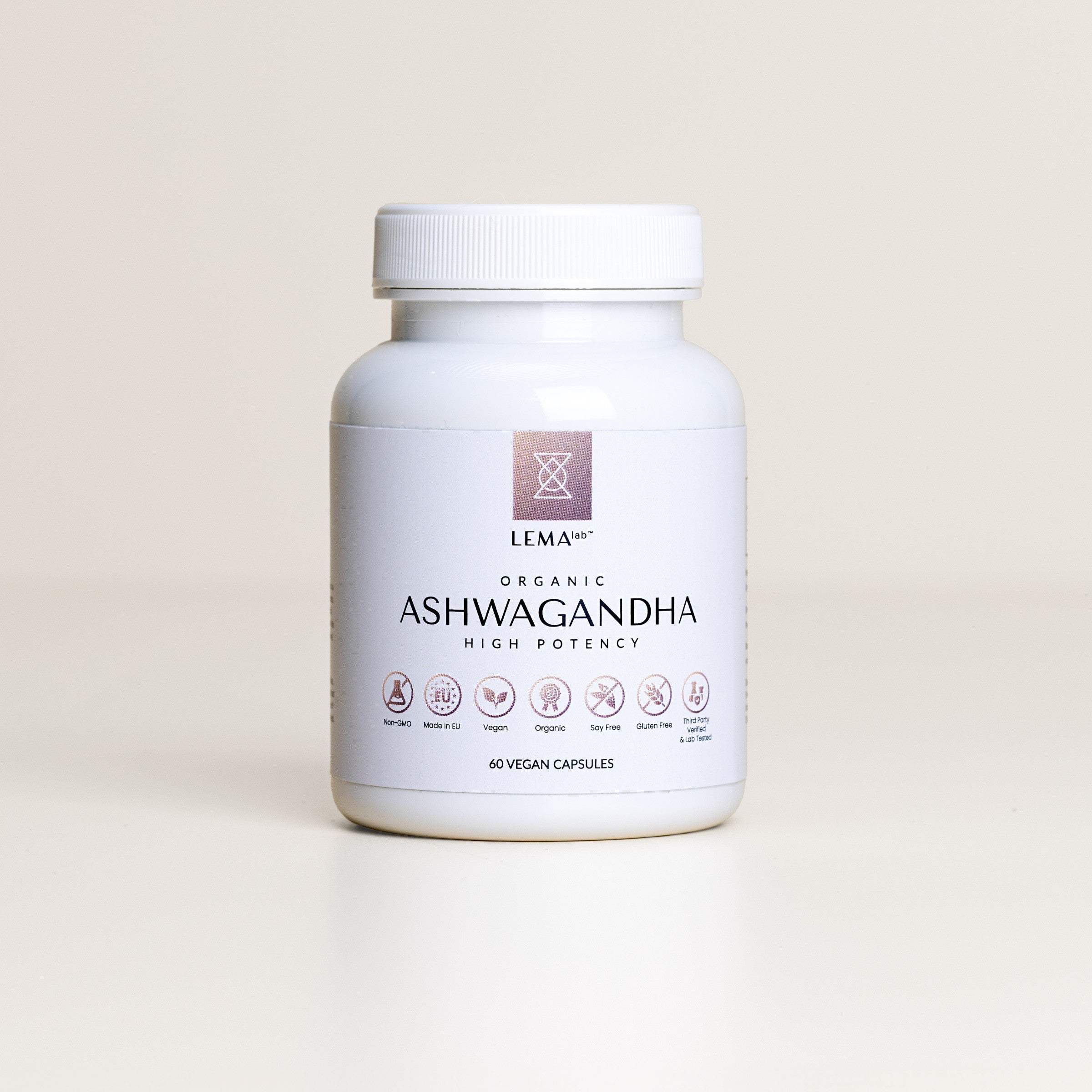

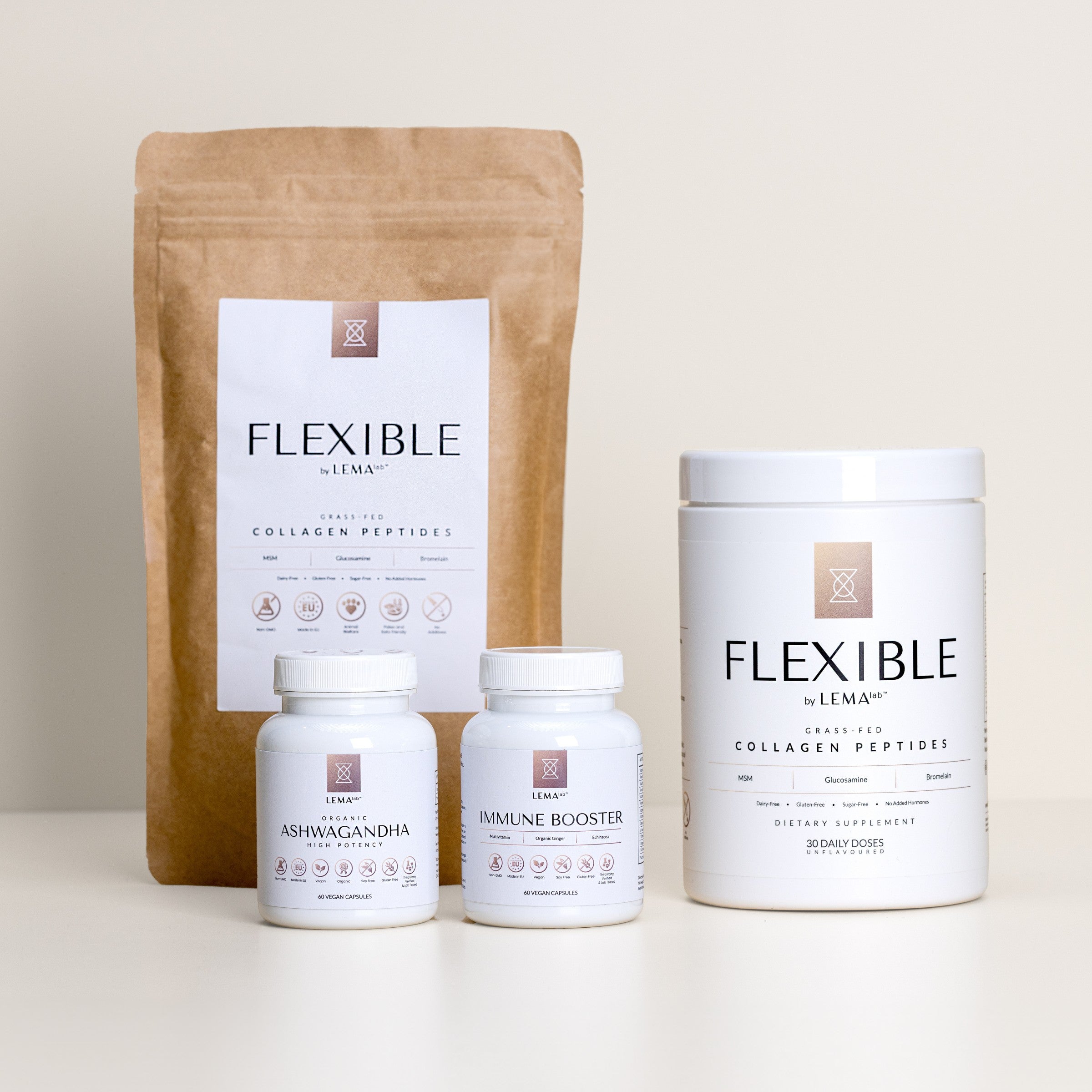
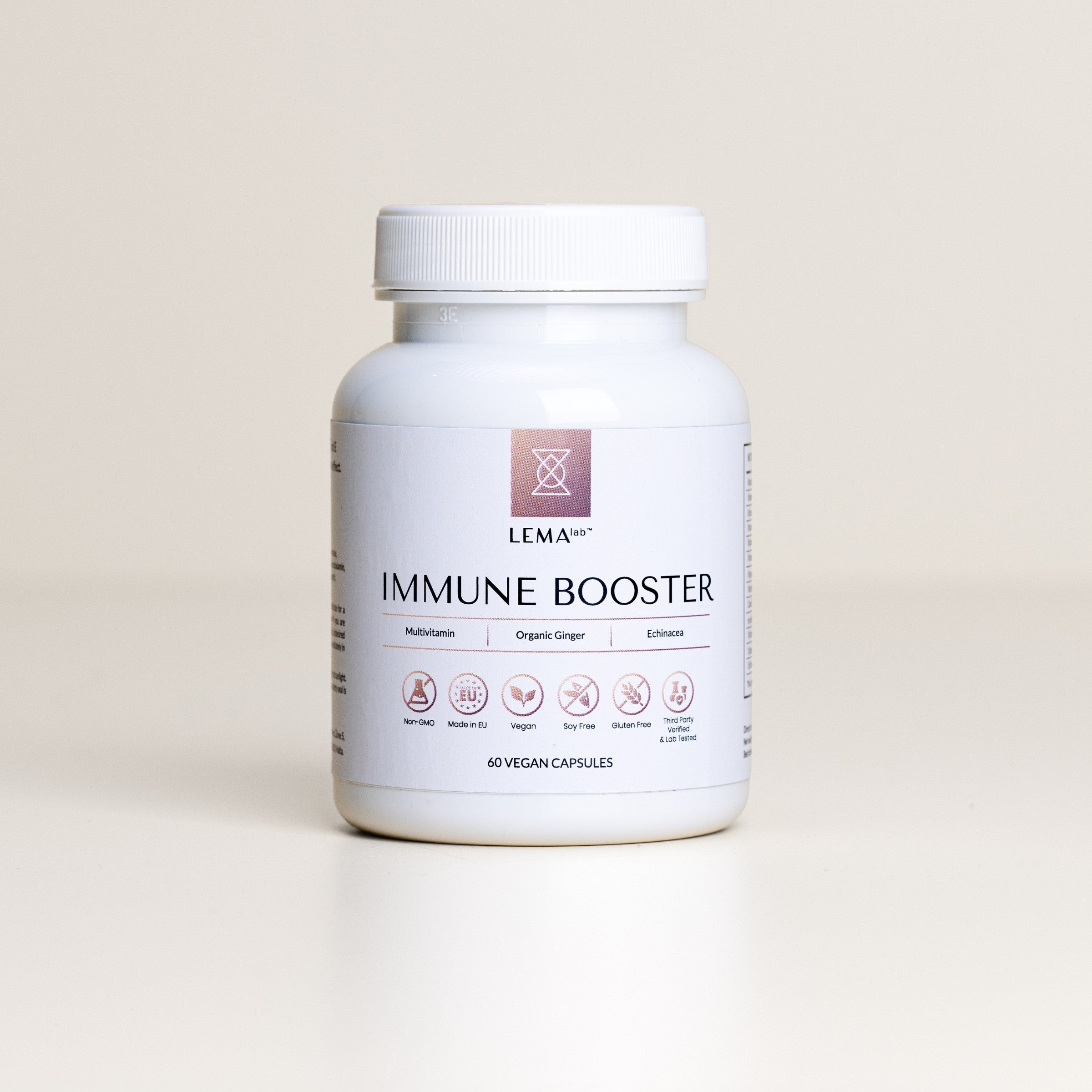

Leave a comment
This site is protected by hCaptcha and the hCaptcha Privacy Policy and Terms of Service apply.